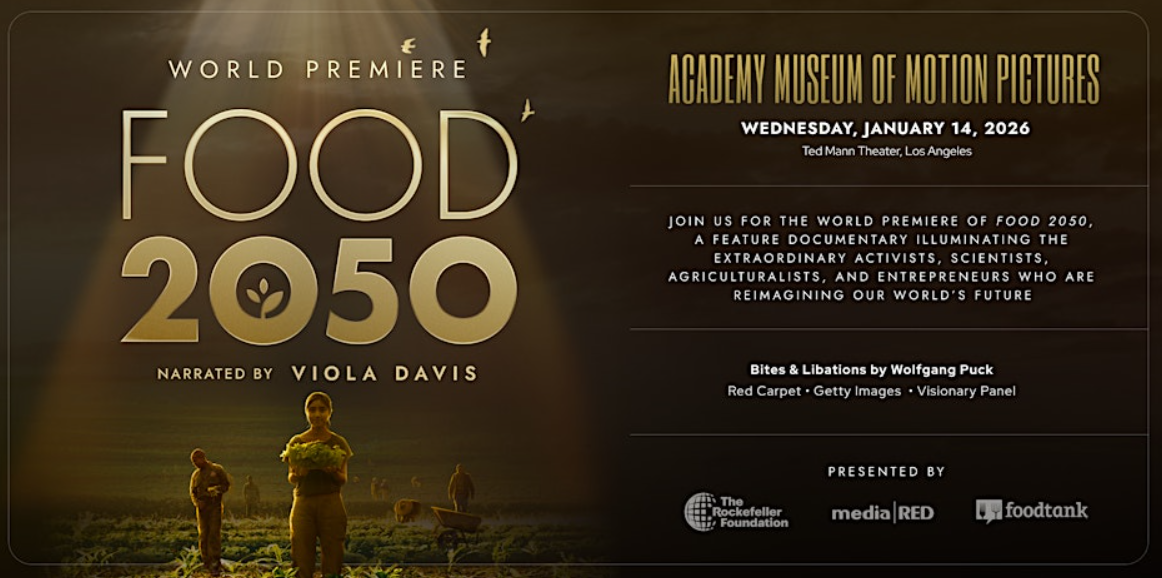Well, we now have our answer to the question of who President-elect Obama will appoint to head the USDA: former Iowa governor Tom Vilsack. I don’t know much about him. What I hear is that he is former chair of the Governors Ethanol Coalition (uh oh), the Governors Biotechnology Partnership (oops), and the National Governors Association’s Natural Resources Committees (not sure about this one). I’m disappointed. This looks like mainstream, industrial agriculture to me, but I’m willing to give him the benefit of the doubt, at least for awhile.
The Organic Consumers Association, however, is not. It says his appointment is hardly “change we can believe in,” and it “sends the message that dangerous, untested, unlabeled genetically engineered crops will be the norm in the Obama Administration.” If you agree with the OCA, you can join its petition opposing the appointment.
According to meatpoultry.com, Vilsack is a lawyer who does not have roots in farming. He did, however, compete for the presidential nomination. And let’s not forget Wikipedia, which has already added this appointment to Vilsack’s biography; its entry points out that this appointment strongly contradicts Obama’s campaign promises: “Obama and Biden will fight for farm programs that provide family farmers with stability and predictability.”
Ah politics.
And for more about this appointment, see Kerry Trueman’s Eating Liberally blog.


